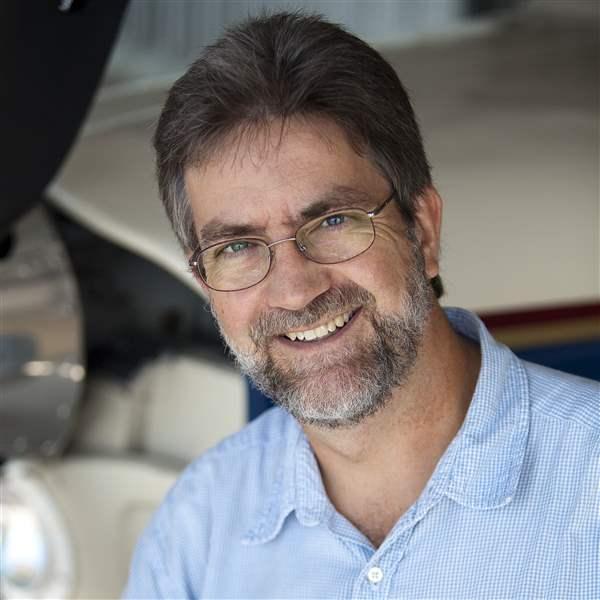Stories that need to be told
Aviation honored World War II's iconic airplane, the North American P-51 Mustang--and, more important, the pilots who flew them--at the Gathering of Mustangs and Legends in Columbus, Ohio, in late September. The once-in-a-lifetime event brought together more than 50 aviation legends, aces, and heroes with more than 100 vintage World War II aircraft, allowing both to tell their stories to younger generations.
Most of these legends are in their 80s, but their minds remain bright. Many of their comrades who survived the war have passed away. My words cannot do them justice, so I would like to share some of theirs.
"Let me tell you about my first experience in the P-51," said Fred Fehsenfeld, who was flying P-47 Thunderbolts in the 354th Fighter Group. "I'd never flown one. They gave me a book, and said 'Go out, and the crew chief will help you start it up.' So I read the book and checked everything out as best I could. I got in and took off and climbed to 10,000 feet--I was really amazed at the rate of climb.
"Then all of a sudden I looked down and my oil pressure was way down in the corner and the coolant temperature was starting to creep up. As I made the approach, two pistons came out of the engine, and the coolant went over the windshield, so I stuck my head out of the window and made a perfect three-point landing." A valve had failed, allowing fuel to dilute the engine's lube oil.
Transitioning to the P-51 Mustang is nothing like moving up from a Skyhawk to a Cessna 182, or from a Piper Warrior to an Archer--upgrades that typically require two to five hours of training today. The P-51 boasts some 1,500 horsepower and is a tailwheel design; think torque and P-factor. For an idea of what it's like to learn to fly the Mustang, read Barry Schiff's excellent account in the August 2007 AOPA Pilot.
"I personally flew 87 combat missions, about half of them in Thunderbolts and the other half in Mustangs," said Bob "Punchy" Powell, who was assigned to the 352nd Fighter Group. "We came in one day from a Thunderbolt mission, and my crew chief jumped up on the wing after I parked the airplane, and said, 'Lieutenant, the colonel says for you to get 30 minutes in that Mustang over there--you're going to fly it on a mission tomorrow.'
"I had never seen a Mustang. We only had two men on the field who'd ever flown one, and I had to get my engineering officer to show me how to start it. The next day we flew a mission--a mixed mission of Thunderbolts and Mustangs. Thank God we didn't run into any enemy airplanes that day--we didn't know anything about the airplane! But we flew our missions in it. It was on-the-job training.
"The strafing and dive-bombing to us were the most dangerous things we did," Powell continued. "We lost more pilots strafing German airfields, and trains and trucks and so forth, than we ever did in air-to-air combat."
Will Foard, who served in Europe with the 357th, "had a good bit of admiration for those instructors. Can you imagine how it would be to get in a plane to teach some knuckleheaded teenager how to fly?" he said. "I wrote home, having just soloed, and made a comment to my mother, 'The reason I soloed so early is that the instructor was afraid to fly any more with me.' She'd get all worried about things like that.
"The instructors really had a job to do, teaching so many kids who'd never been in a plane before--teaching them how to fly in a few hours' time, and then after advanced [training], you get into a [Curtiss] P-40 [Warhawk]. The first time up, you're solo. And that's really an experience you wouldn't forget. I was down in Mission, Texas, right down by the Mexico border. When I took off I was afraid to shift my eyeballs one way or the other; I must have been 10 miles into Mexico before I made my first turn."
There's a roar as a formation of Mustangs fly by.
"One time I was making a talk at a school in Atlanta and I was introduced by the teacher as 'a fighter pilot from World War Eleven,'" Powell said, explaining his decision to spend the rest of his retired life telling people and writing about World War II. "We didn't consider ourselves heroes, we were just kids who rose to the occasion and did what we had to do."
E-mail Mike Collins, editor of AOPA Flight Training, at [email protected].



